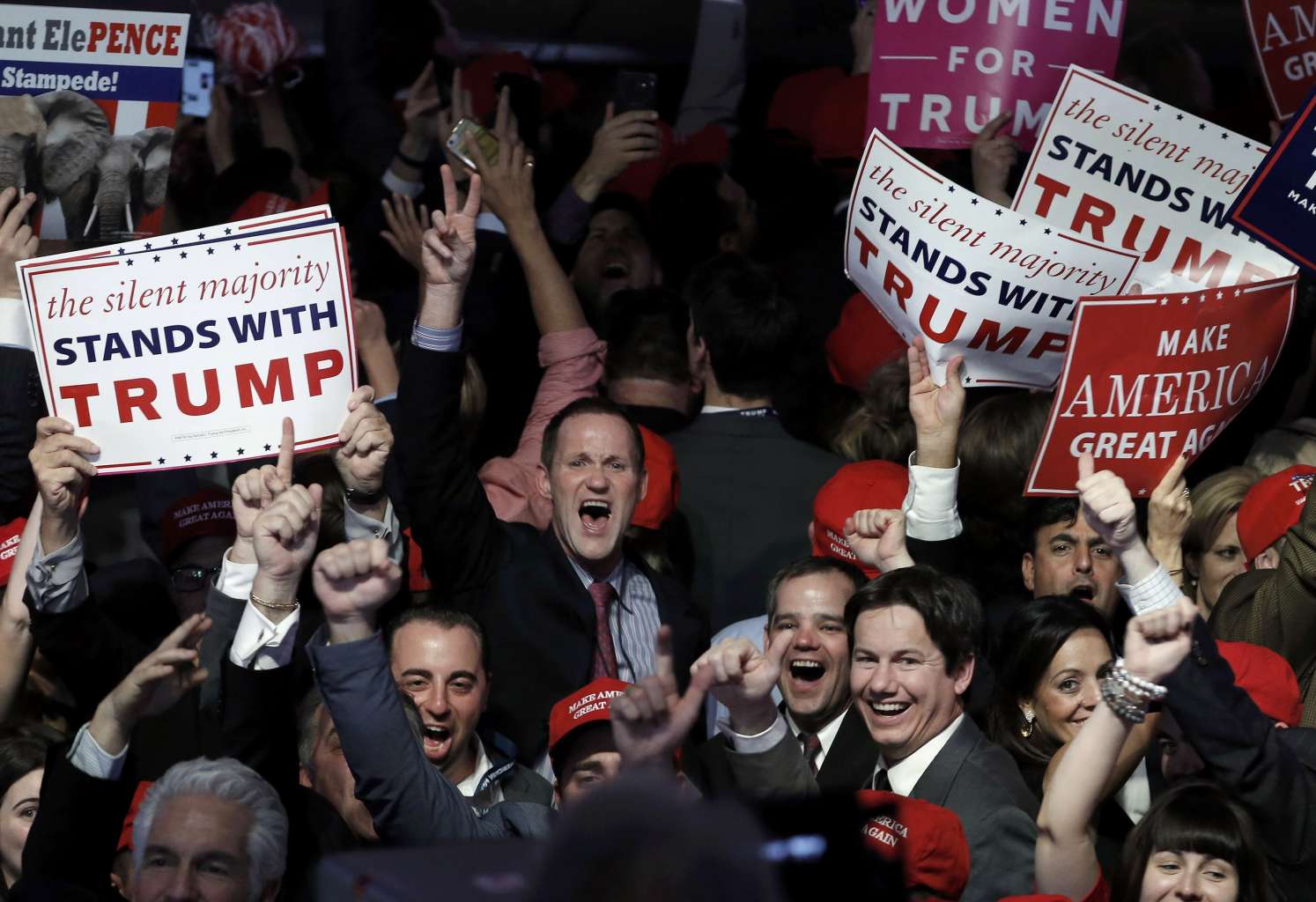US presidential election: How did the polls get it so wrong?
Sign up now: Get ST's newsletters delivered to your inbox

Follow topic:
Mr Donald Trump's stunning performance in the US presidential election leaves many pollsters and observers wondering how it all went so wrong?
Heading into election day, every single credible forecasting model - some that accurately predicted every race in 2012 - had Mrs Hillary Clinton as a big favourite to win.
Even the most pessimistic projection, from well-regarded statistician Nate Silver's FiveThiryEight, gave the Democrat a 70-per-cent chance of winning the White House. At the high end, the Princeton Election Consortium put her odds at 98 per cent.
All appear to have missed the mark by some margin. So what happened?
Several theories abound as to why the pollsters got it wrong, and given the magnitude of Mr Trump's successes, it may well be that all explanations are true.
The first theory, and one that Trump supporters had put forward for months, was that voters simply weren't admitting to pollsters that they were voting for Mr Trump. But once they got into the privacy of the polling booth, they voted for the controversial businessman. Analysts had largely dismissed this effect, given that polls had quite accurately gauged his support during the election primaries.
But, as it now turns out, the dynamics of the primaries do not hold in a general election.
While moderate Republican voters - the group most likely to deny supporting Mr Trump - had other conservative options in the primary, they ultimately could not bring themselves to vote for a Democrat.
A second theory is that polls somehow misread the likelihood that certain type of voters would indeed show up at the polls. Many pollsters made their forecasts based on likely voters, but if many of the white working-class voters that came out to support Mr Trump had steered clear of voting booths four years ago, then the predictions might have been off.
Tied into that is the possibility of over-estimating the likelihood that voters who had supported President Barack Obama would return for Mrs Clinton. It is now clear that Mr Obama's coalition did not support Mrs Clinton at the same levels that they did for the President.
A third explanation is that too many shocks happened too late in the cycle to have been accurately captured in the polls. The two revelations by the Federal Bureau of Investigation - first to announce renewed scrutiny into Mrs Clinton's e-mails, and then to undo that announcement - came with just 11 and two days left in the campaign respectively.
Polls generally take a week or so to properly gauge the reaction to an event. On top of that, the revelations took place while many votes were already being cast.
One final possibility is that the difficult to reach districts in the Midwest meant they were not sufficiently polled.
As Mr Nate Silver wrote: "In terms of how the polls did tonight: Well, the obvious answer is "terrible", but it's actually a bit more complicated than that.
"Clinton could easily win the popular vote by one to two percentage points, well within a reasonable range of error for national polls, which had her up by three to four points on average.
"And there likely will be a few coastal and south-western states where she matches or even beats her polls: She's only down by single digits in Texas based on votes counted.
"But pollsters are clearly having trouble capturing public opinion in the Midwest as voters there increasingly diverge from those on the coasts."

